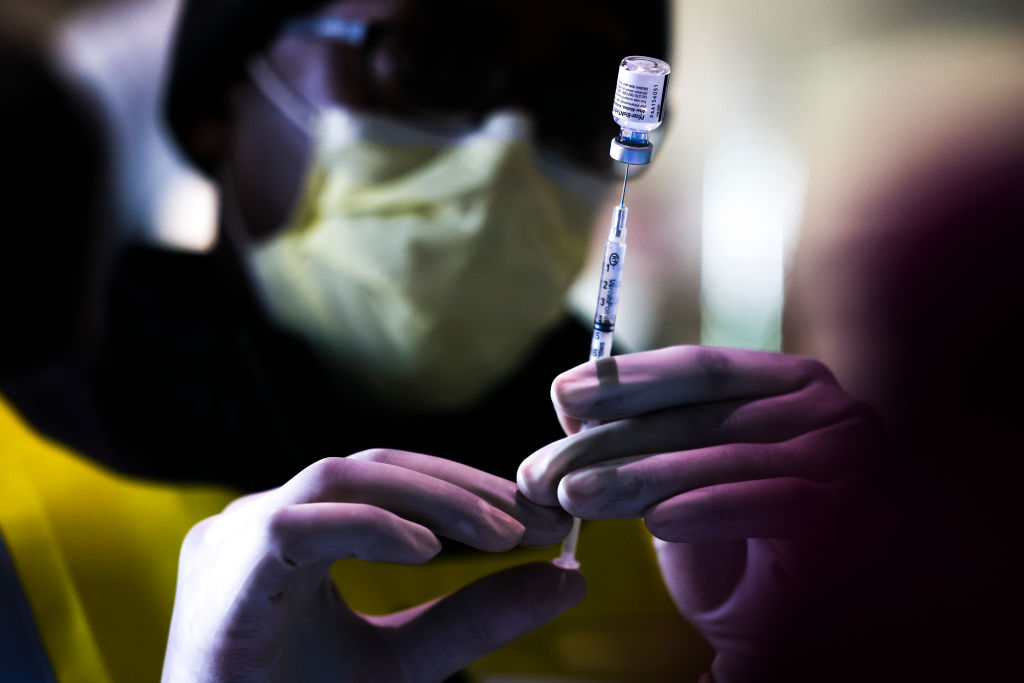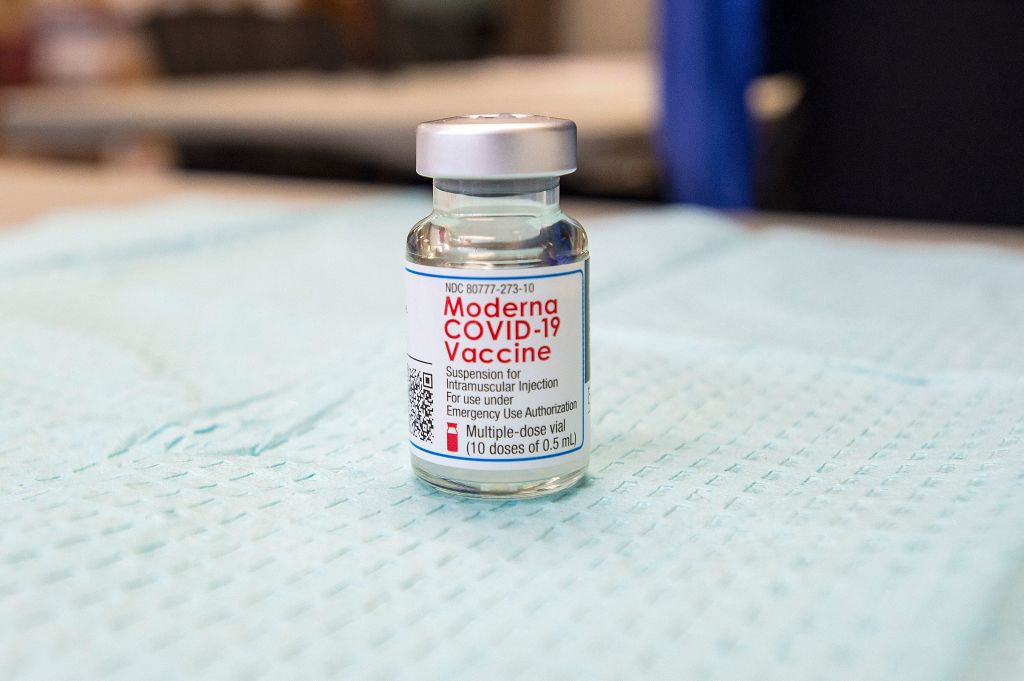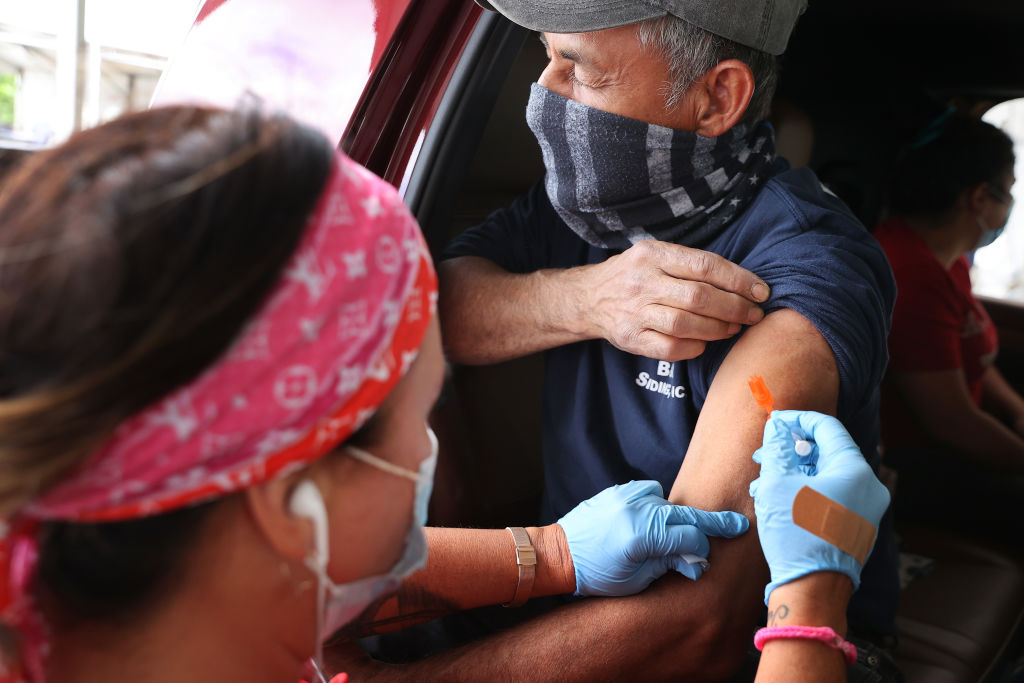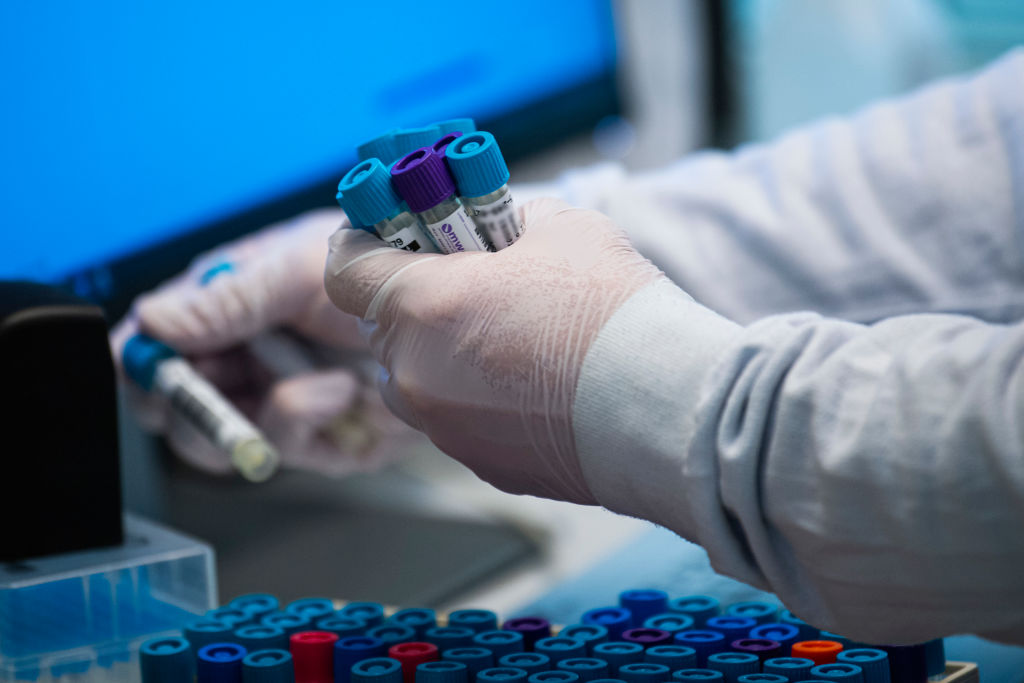Health & Science
New hope for the bald; Women’s tears leave men cold; A healing paste for broken bones; The winged glory of flies
New hope for the bald
A new study raises hope that baldness may be reversible. Hair growth starts with follicle stem cells in the scalp, which then mature into progenitor cells that subsequently sprout hair. It has long been thought that men develop male-pattern baldness–which often starts with a receding hairline or thinning on top–when the stem cells disappear. But researchers have now found that men have the same prevalence of stem cells on the bald spots as they do on parts of their scalps that still have hair. What the bald areas do lack are progenitor cells, which suggests baldness results from some sort of malfunction that keeps stem cells from turning into progenitor cells. If the stem cells could somehow be reawakened, new hair might be a real possibility for millions of balding men. That the stem cells “are there at all is pretty exciting and lowers the bar for treatment,’’ study author George Cotsarelis, a dermatologist at the University of Pennsylvania School of Medicine, tells New Scientist. “We have some leads, but this is a very early step in development of a treatment.”
Women’s tears leave men cold
The Week
Escape your echo chamber. Get the facts behind the news, plus analysis from multiple perspectives.

Sign up for The Week's Free Newsletters
From our morning news briefing to a weekly Good News Newsletter, get the best of The Week delivered directly to your inbox.
From our morning news briefing to a weekly Good News Newsletter, get the best of The Week delivered directly to your inbox.
The whiff of a woman’s tears is enough to dampen a man’s sexual arousal, a new study has found. Scientists at Israel’s Weizmann Institute recruited women who cry easily and had them capture the tears they shed while watching sad movies like Terms of Endearment. Then pads wetted with those tears or a control saline solution were affixed under the noses of men. When they smelled the tears rather than the control liquid, the men found pictures of women less sexually attractive and their testosterone levels fell; the odor also appeared to reduce activity in parts of the brain lit up by arousing movie scenes. Tears, researchers said, apparently contain “a chemical signal,’’ or pheromone, that tells men to forget about sex for a while. “Basically what we’ve found is the chemo-signaling word for ‘no,’” researcher Noam Sobel tells The New York Times, “or at least ‘not now.’” Some experts on the evolution of crying said tears may function partly to reduce male aggression and sex drive when women are in distress.
A healing paste for broken bones
Instead of using pins, screws, and casts, what if doctors could fix broken bones with a single injection? With an eye to saving the limbs of many soldiers who can’t get complex surgery on the battlefield, the U.S. Department of Defense is funding studies of a new technique for setting bones, The Economist reports. Researchers in Houston are developing a novel material that can be injected into a wound to help broken bones heal quickly and fully regenerate on their own. It’s based on a chemical called polypropylene fumarate, which solidifies at body temperature and glues fractured parts together. The compound also contains a virtual biochemical starter kit for healing bones: small silicon spheres for added strength and stem cells that evolve into bone tissue, as well as antibiotics, pain relievers, growth factors, and proteins that encourage the body’s repair process. The paste has a texture “halfway between honey and a toothpaste,” says researcher Ennio Tasciotti, and once it has done its curative work it is gradually replaced by new bone. The team has successfully used the compound on rats and is now working on setting sheep’s leg bones, which have to support considerably more weight.
The winged glory of flies
A free daily email with the biggest news stories of the day – and the best features from TheWeek.com
The transparent wings of flies and wasps aren’t prized for their beauty, but that’s only because we haven’t looked properly. A new study reveals them to be “as distinctive and marvelous as the much-studied, much-celebrated wings of butterflies and beetles,” reports Wired Science. Fly and wasp wings are made of transparent chitin, which lets most light pass through but reflects some back, much like a soap bubble does. Viewed against a white background—the usual approach of modern entomologists studying veins and other structural features—the wings look colorless and drab. But when biologists from Lund University in Sweden began placing them before black backgrounds, the wings revealed vivid, stable patterns of swirls, spots, and stripes. The designs, which differ consistently between sexes and among species, are thought to function as signals for territorial defense or mating. “I envision taxonomists going back to their animals and looking at them in a new light,” says co-author Daniel Janzen, an evolutionary ecologist at the University of Pennsylvania. “It’s like discovering a whole new piece of the animal.”
-
 Ukraine and Rubio rewrite Russia’s peace plan
Ukraine and Rubio rewrite Russia’s peace planFeature The only explanation for this confusing series of events is that ‘rival factions’ within the White House fought over the peace plan ‘and made a mess of it’
-
 Are Republicans going to do a deal on health care?
Are Republicans going to do a deal on health care?Today's Big Question Obamacare subsidies are expiring soon
-
 The powerful names in the Epstein emails
The powerful names in the Epstein emailsIn Depth People from a former Harvard president to a noted linguist were mentioned
-
 Combo tests could detect both COVID-19 and influenza when flu re-emerges
Combo tests could detect both COVID-19 and influenza when flu re-emergesSpeed Read
-
 Is the CDC exaggerating the risk of outdoor COVID-19 transmission?
Is the CDC exaggerating the risk of outdoor COVID-19 transmission?Speed Read
-
 CDC provides 'crucial' COVID-19 guidance update acknowledging airborne transmission
CDC provides 'crucial' COVID-19 guidance update acknowledging airborne transmissionSpeed Read
-
 What full FDA approval of Pfizer's COVID-19 vaccine would mean
What full FDA approval of Pfizer's COVID-19 vaccine would meanSpeed Read
-
 Moderna: Early data shows vaccine is 96 percent effective in adolescents
Moderna: Early data shows vaccine is 96 percent effective in adolescentsSpeed Read
-
 More studies show Pfizer and Moderna COVID-19 vaccines protect against worrisome variants
More studies show Pfizer and Moderna COVID-19 vaccines protect against worrisome variantsSpeed Read
-
 Pfizer expects to seek vaccine authorization for kids between 2 and 11 this September
Pfizer expects to seek vaccine authorization for kids between 2 and 11 this SeptemberSpeed Read
-
 Researchers are racing to develop a test that shows how long COVID-19 vaccines work
Researchers are racing to develop a test that shows how long COVID-19 vaccines workSpeed Read